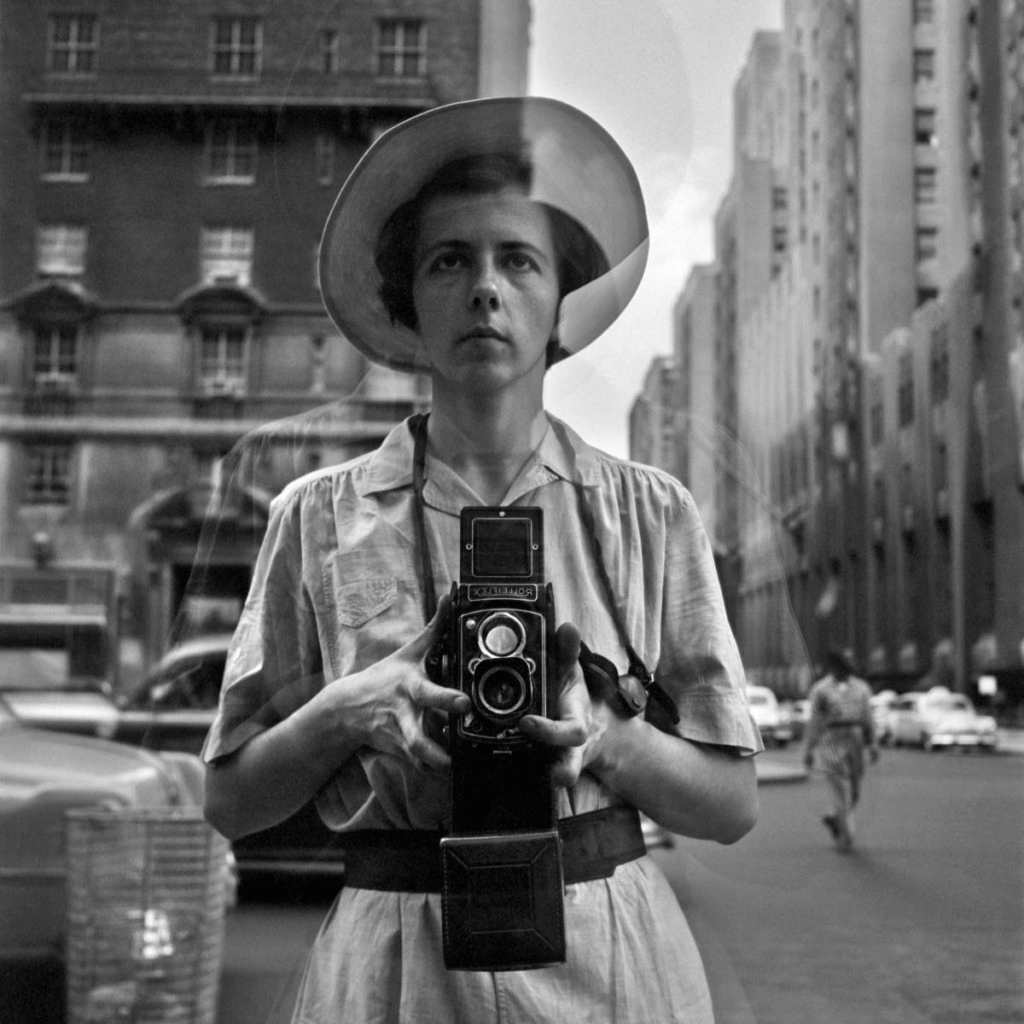Not known Factual Statements About Framing Streets
Not known Factual Statements About Framing Streets
Blog Article
The smart Trick of Framing Streets That Nobody is Discussing
Table of ContentsThe Of Framing StreetsThe Framing Streets Statements3 Easy Facts About Framing Streets Shown3 Simple Techniques For Framing StreetsIndicators on Framing Streets You Should KnowAn Unbiased View of Framing Streets
Photography genre "Crufts Dog Program 1968" by Tony Ray-Jones Street photography (also in some cases called candid photography) is digital photography performed for art or query that features unmediated opportunity experiences and arbitrary cases within public places, usually with the aim of recording photos at a crucial or touching minute by mindful framing and timing. 
Excitement About Framing Streets
Susan Sontag, 1977 Road digital photography can concentrate on individuals and their behavior in public. In this respect, the road digital photographer is comparable to social docudrama digital photographers or photographers that also work in public places, but with the goal of recording newsworthy events. Any one of these digital photographers' pictures might capture people and residential property noticeable within or from public locations, which typically requires browsing ethical issues and legislations of personal privacy, safety and security, and home.
Depictions of daily public life develop a style in virtually every duration of world art, beginning in the pre-historic, Sumerian, Egyptian and early Buddhist art periods. Art dealing with the life of the road, whether within sights of cityscapes, or as the dominant motif, shows up in the West in the canon of the Northern Renaissance, Baroque, Rococo, of Romanticism, Realism, Impressionism and Post-Impressionism.
The 20-Second Trick For Framing Streets
Louis Daguerre: "Blvd du Temple" (1838 or 1839) In 1838 or 1839 the first photograph of numbers in the street was videotaped by Louis-Jacques-Mand Daguerre in one of a set of daguerreotype sights drawn from his studio window of the Blvd du Holy place in Paris. The second, made at the elevation of the day, shows an unpopulated stretch of road, while the other was taken at concerning 8:00 am, and as Beaumont Newhall reports, "The Blvd, so regularly full of a moving throng of pedestrians and carriages was flawlessly singular, other than a person that was having his boots brushed.
, who was influenced to undertake a comparable documentation of New York City. As the city established, Atget helped to advertise Parisian roads as a deserving subject for photography.

Examine This Report about Framing Streets
Martin is the very first tape-recorded photographer to do so in London with a masked cam. Mass-Observation was a social research organisation established in 1937 which intended to record daily life in Britain and to videotape the reactions of the 'man-in-the-street' to King Edward VIII's abdication in 1936 to wed separation Wallis Simpson, and the sequence of George VI. The chief Mass-Observationists were anthropologist Tom Harrisson in Bolton and poet Charles Madge in London, and their very first record was produced as guide "May the Twelfth: Mass-Observation Day-Surveys 1937 by over 2 hundred observers" [] Home window cleaner at Kottbusser Tor, Berlin, by Elsa Thiemann c. 1946 The post-war French Humanist Institution professional photographers located their topics on the road or in the restaurant. Andre Kertesz.'s widely appreciated Images la Sauvette (1952) (the English-language version was labelled The Definitive Moment) advertised the idea of taking a photo at what he termed the "decisive moment"; "when form and material, vision and make-up combined right into a transcendent whole" - 50mm street photography.
The Framing Streets Ideas
The recording equipment was 'a covert video camera', a 35 mm Contax concealed under his coat, that was 'strapped to the chest and connected to a long wire strung down the right sleeve'. His job had little modern influence as due to Evans' sensitivities about the creativity of his job and the personal privacy of his subjects, it was not released up until 1966, in the book Lots of Are Called, click this site with an introduction written by James Agee in 1940.
Helen Levitt, after that a teacher of little ones, related to Evans in 193839. She recorded the transitory chalk illustrations - photography presets that were component of youngsters's street society in New york city at the time, as well as the kids that made them. In July 1939, Mo, MA's new photography area consisted of Levitt's work in its inaugural exhibitRobert Frank's 1958 publication,, was considerable; raw and often indistinct, Frank's images questioned traditional digital photography of the moment, "tested all the official guidelines set by Henri Cartier-Bresson and Pedestrian Evans" and "flew in the face of the wholesome pictorialism and genuine photojournalism of American magazines like LIFE and Time".
Report this page